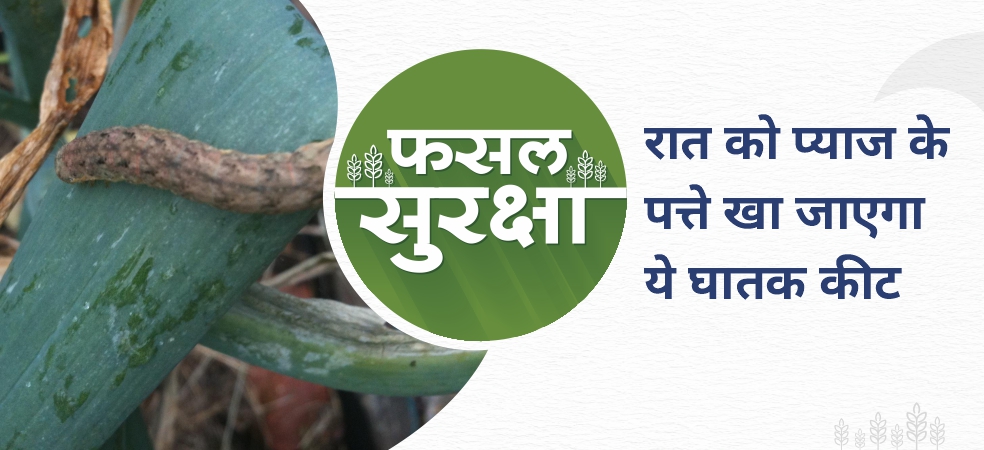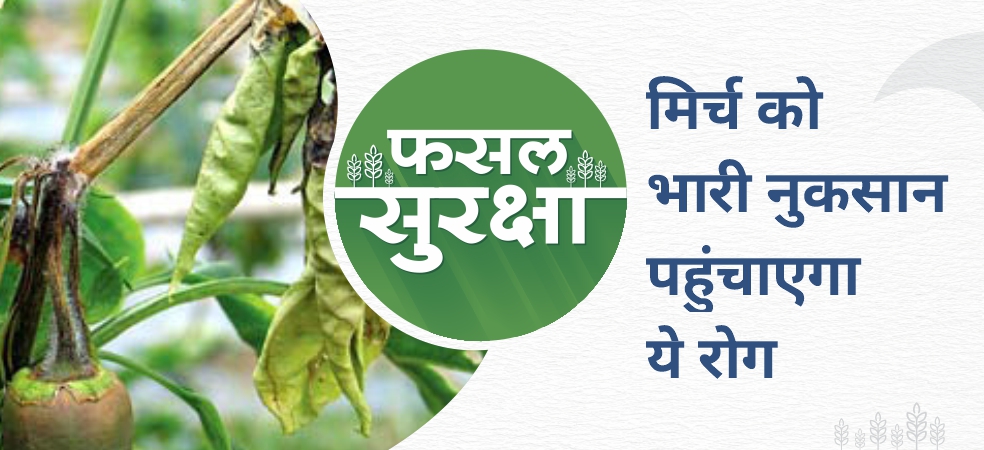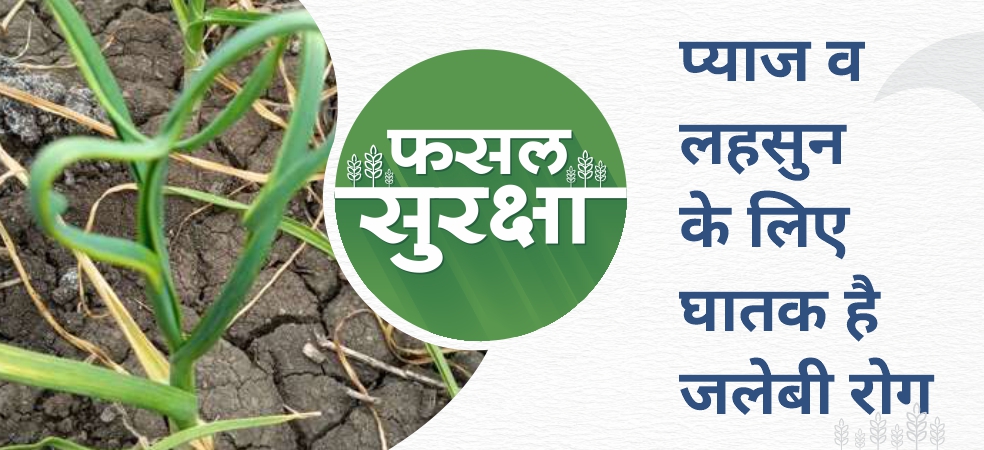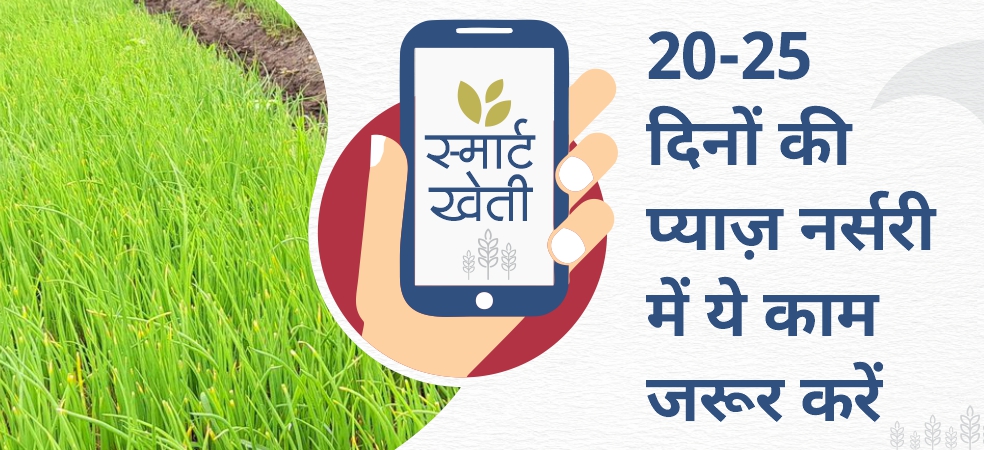-
It is a fungal disease, symptoms of this disease appear on flowers and fruits. Its early symptoms develop on the leaves as a water-soaked wound,
-
Initially it appears on a branch and then gradually this fungal disease spreads very quickly on the whole plant.
-
For the prevention of this disease,CHLOROTHALONIL 75% WP @ 300 gram / acre or CARBENDAZIM 12% + MANCOZEB 63% @ 500 gram / acre or METIRAM 55% + PYARACLOSTROBIN 5% WG @ 600 gram / acre or TEBUCNAZOLE 50%+ TRIFLOXYSTROBIN 25% WG @ 100 gram / acre
-
As a biological treatment Spray TRICHODERMA VIRIDE @ 500 gram / acre or PSEUDOMONAS FLUORESCENS @ 250 gram / acre.
For such other important information related to your needs, keep reading daily, get gramophone articles and pictures of your agricultural problems posted in the community section and get advice from agricultural experts.
Share










